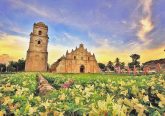Longest, Most Attended Good Friday Processions in the Philippines
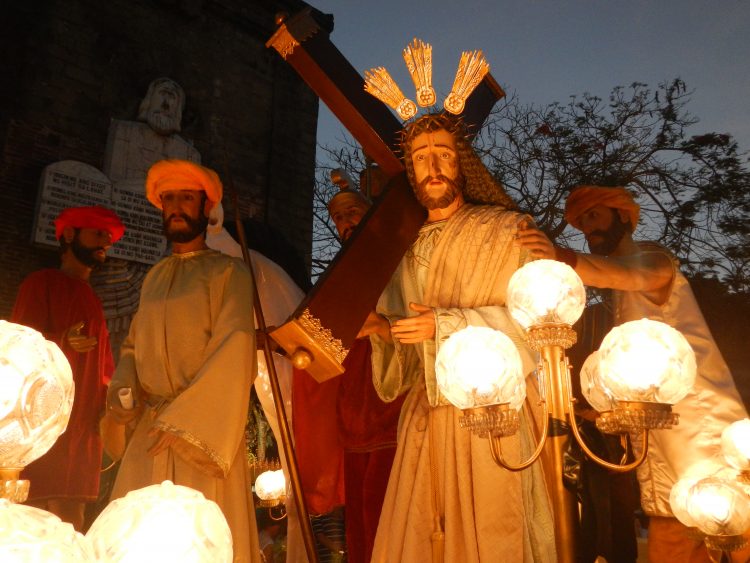
Written by Kay Cabanilla, Jekelyn Nisola
As the third largest Catholic country in the world, the Philippines has the unique and sundry observance throughout the Holy Week. Normally, the lent season is observed via a week-long fasting and abstinence as well as the traditional ardor plays or senakulo, Visita Iglesia, and pabasa in many towns. At its culmination, there are unusual and numerous events that Filipinos put together within their communities that make the Holy Week piously significant and truly memorable.
Processions also play a significant role in celebrating the Holy Week. Below, we made a list of the three of the longest and most attended processions held on Good Friday.
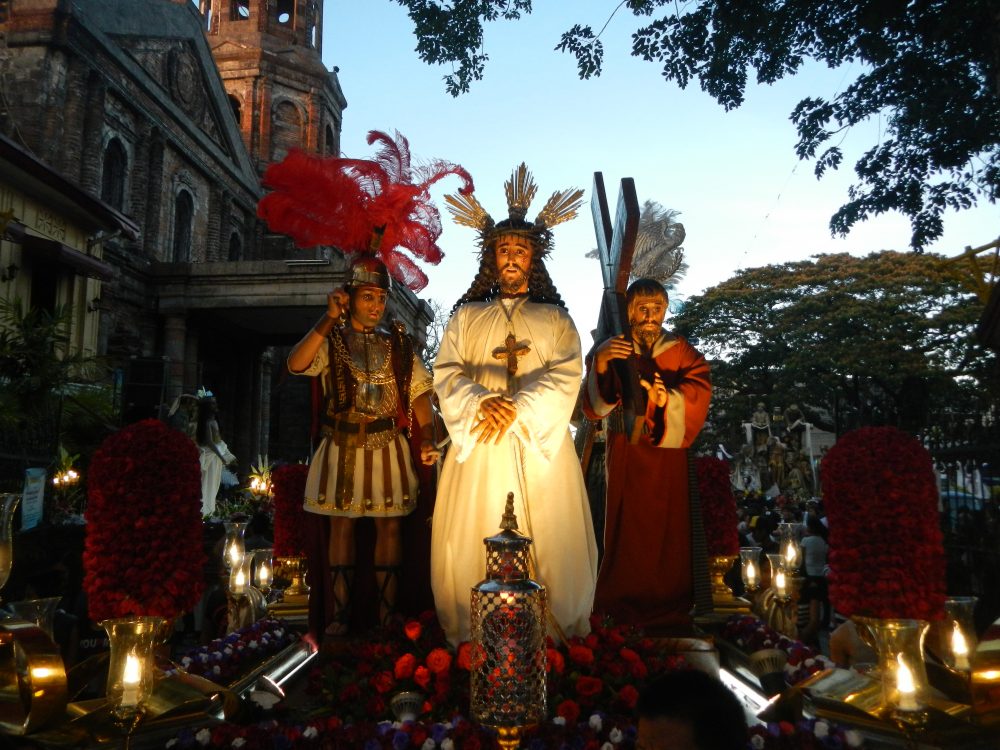
1. Good Friday Procession in Baliuag, Bulacan
The Baliuag Good Friday procession is the longest Lenten procession in the Philippines.
Back in 2013, the Baliuag Good Friday procession had 96 massive carriages carrying life-sized dioramas portraying the life of Jesus Christ. This solemn rite on Good Friday was attended by both local and foreign tourists.
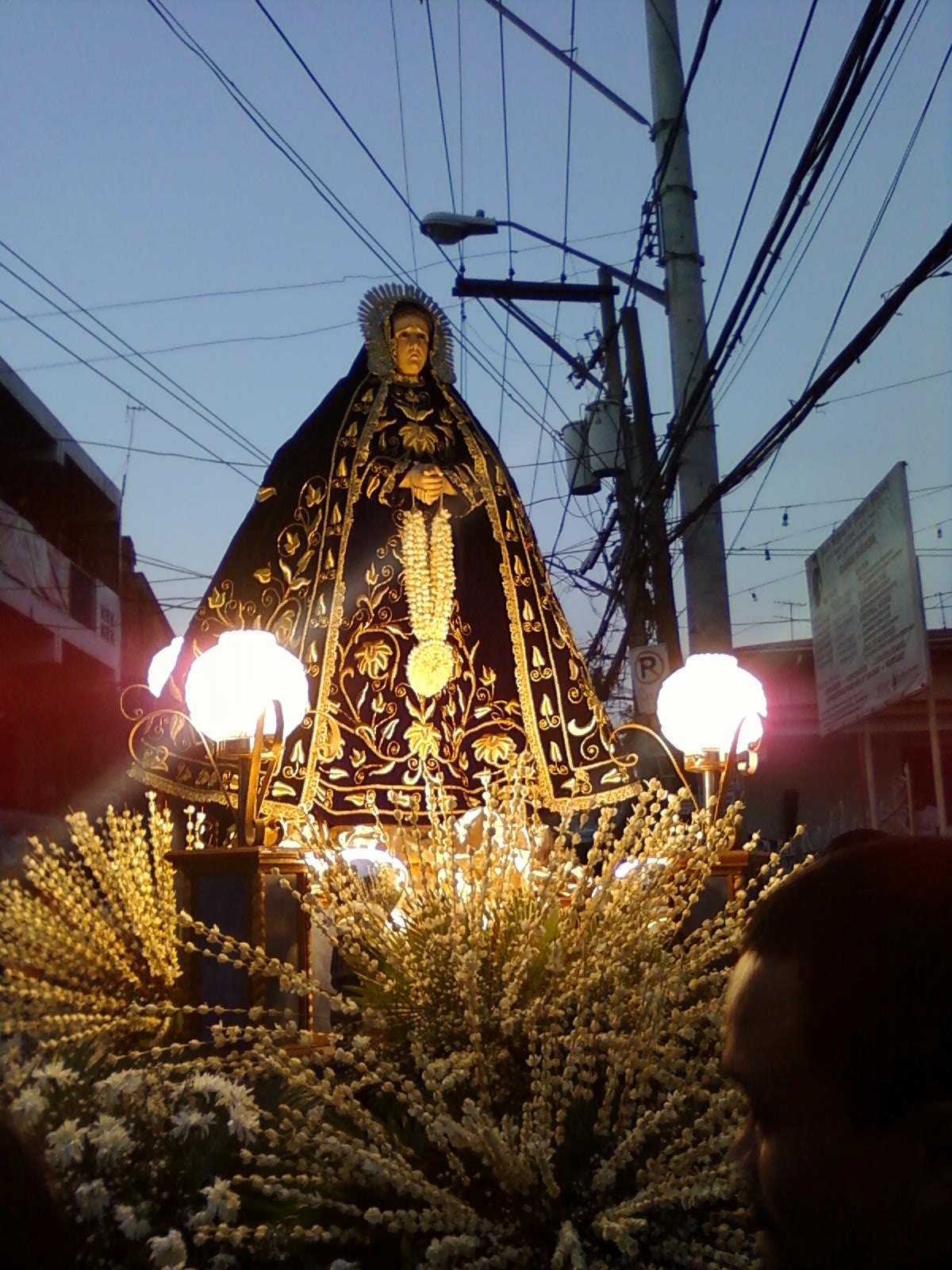
2. Good Friday Santo Entierro Procession in Bacolor, Pampanga
Pampanga, which remains the top visited place in the Philippines during the Holy Week, is known for its century-old churches and Lenten traditions such as self-flagellation, crucifixion, and other forms of penitence.
Its Good Friday grand procession features antique, life-sized images that tell the life and passion of Jesus Christ. These religious images are owned by the well-known families in Pampanga.
Aside from the grand carrozas or carriages, the procession also features the Pasos–people dressed in black whose faces are covered with black veils.
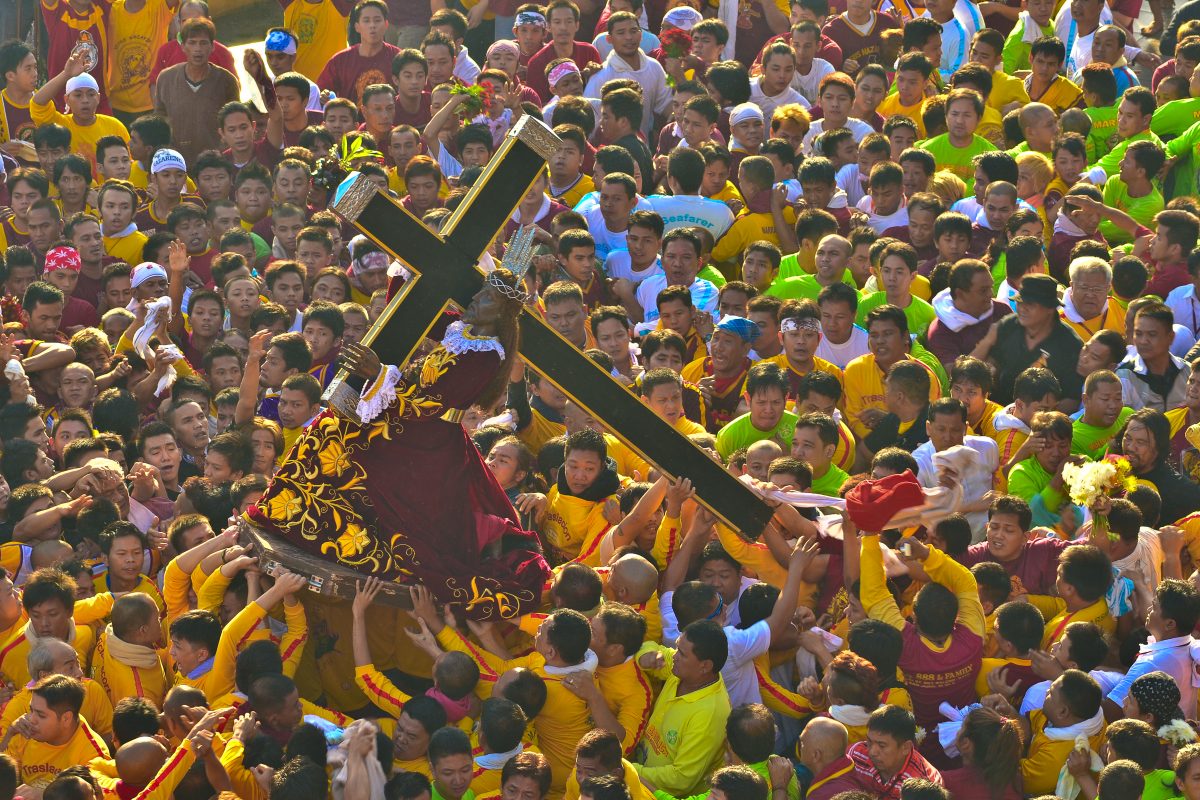
3. Good Friday Feast of the Black Nazarene in the City of Manila
The Black Nazarene is a full-sized statue of a dark-skinned Jesus Christ bearing the Cross. The statue belongs to the Minor Basilica of the Black Nazarene in the City of Manila, also known as the Quiapo Church. Thrice a year, the City of Manila hosts the Feast of Black Nazarene that culminates with a solemn procession or traslacion, which draws millions of devotees.
The devotees, who wear maroon and yellow colored clothes, walk barefoot in order to show their empathy and imitate Christ’s walk to Golgotha.


